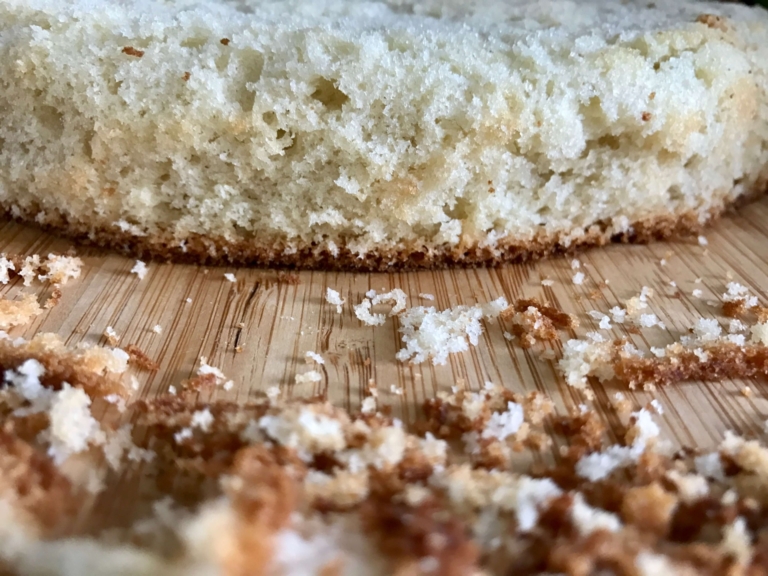
How To Trim A Cake
General rule, cakes need to be trimmed before frosting. This is especially important if you are making a layer cake of any kind. It is not your fault when you bake a cake, it does not come out of the oven with uniform height: one part may bulge, or some other part may sink, Making it even and flat is important. The sides also require some attention, the harder outer edges should be removed.
Why Trim a Cake?
- Even Surface: Trimming levels out any unevenness or doming that may have occurred during the baking process. This ensures that the cake has a flat, stable surface to work with.
- Better Adhesion: Trimming creates a fresh, clean edge that allows the frosting to adhere more evenly and smoothly to the cake. This helps prevent any gaps or air bubbles between the cake and the frosting.
- Professional Presentation: A trimmed cake looks more polished and professional. It provides a clean canvas for decorating and makes the finished product visually appealing.
- Improved Layering: If you’re stacking multiple layers of cake, trimming helps create a stable foundation. This prevents any leaning or tilting of the layers and helps maintain the overall structure of the cake.
- Enhanced Flavor and Texture: Trimming can remove any dry or over-baked edges, ensuring that every bite of the cake is moist and delicious.
- Easier Handling: A trimmed cake is easier to handle, especially when you’re assembling layers or applying a crumb coat. It reduces the risk of the cake breaking or crumbling during the frosting process.
- Customization: Trimming allows you to shape the cake to your desired size and shape. This is particularly useful if you’re creating specialty cakes or need specific dimensions for a particular design.
Overall, trimming a cake is a crucial step in the cake-decorating process. It sets the foundation for a beautifully frosted and decorated cake, ensuring both aesthetic appeal and a delightful eating experience. Every bite of cake should be consistently soft and moist, there should not be hard pieces in your way. This is an especially important technique when making an all-white cake such as in my favorite Coconut Cake. You should not see brown edges peeking through the white frosting. Below are some relatively simple steps to follow to try to make cake layers more uniform and even.
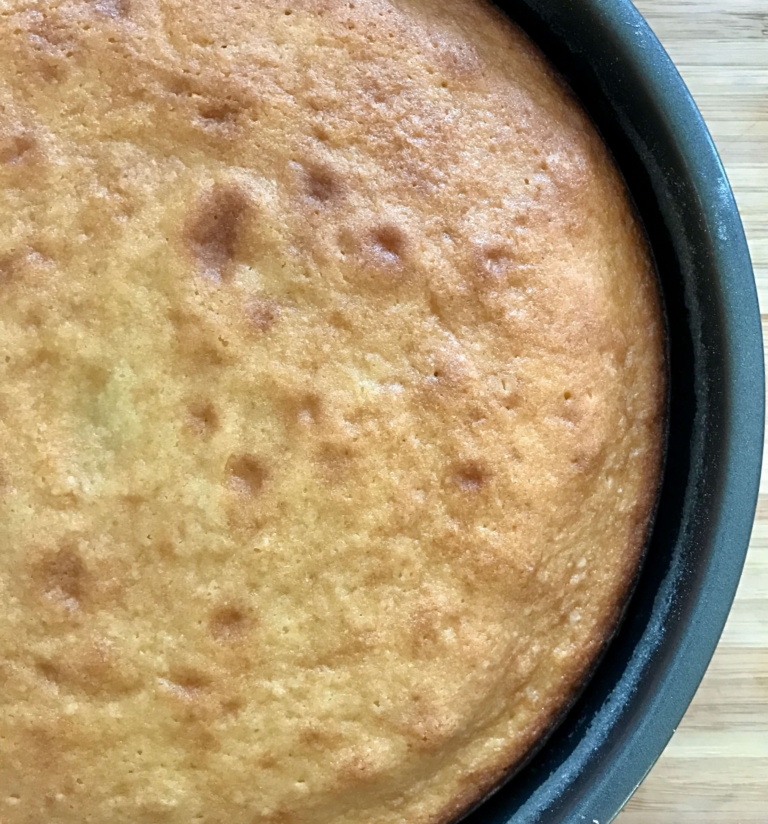
Step 1: When cool, carefully remove the cake from the baking pan.
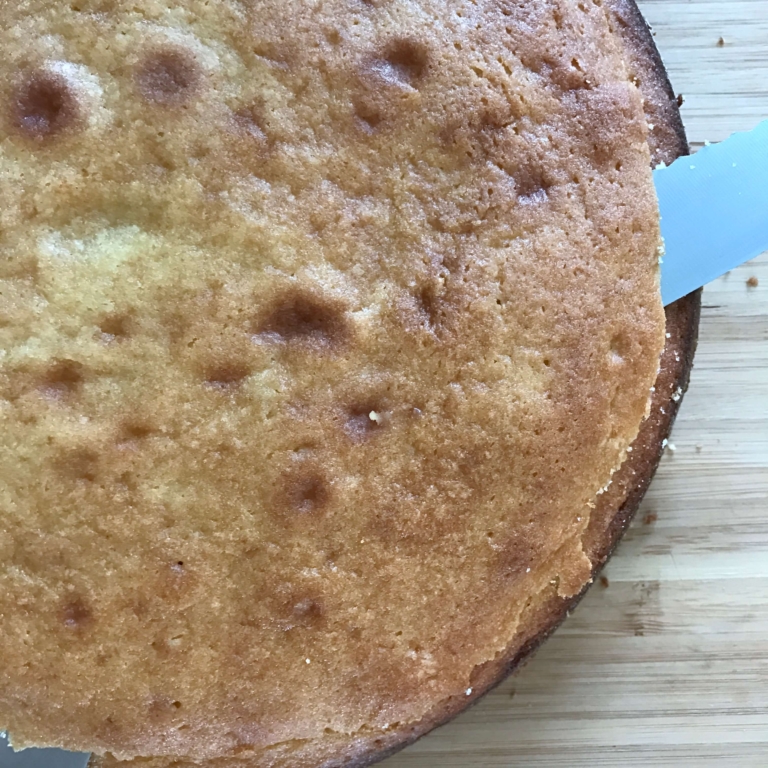
Step 2: Using a long serrated knife, gently trim the top of the cake.
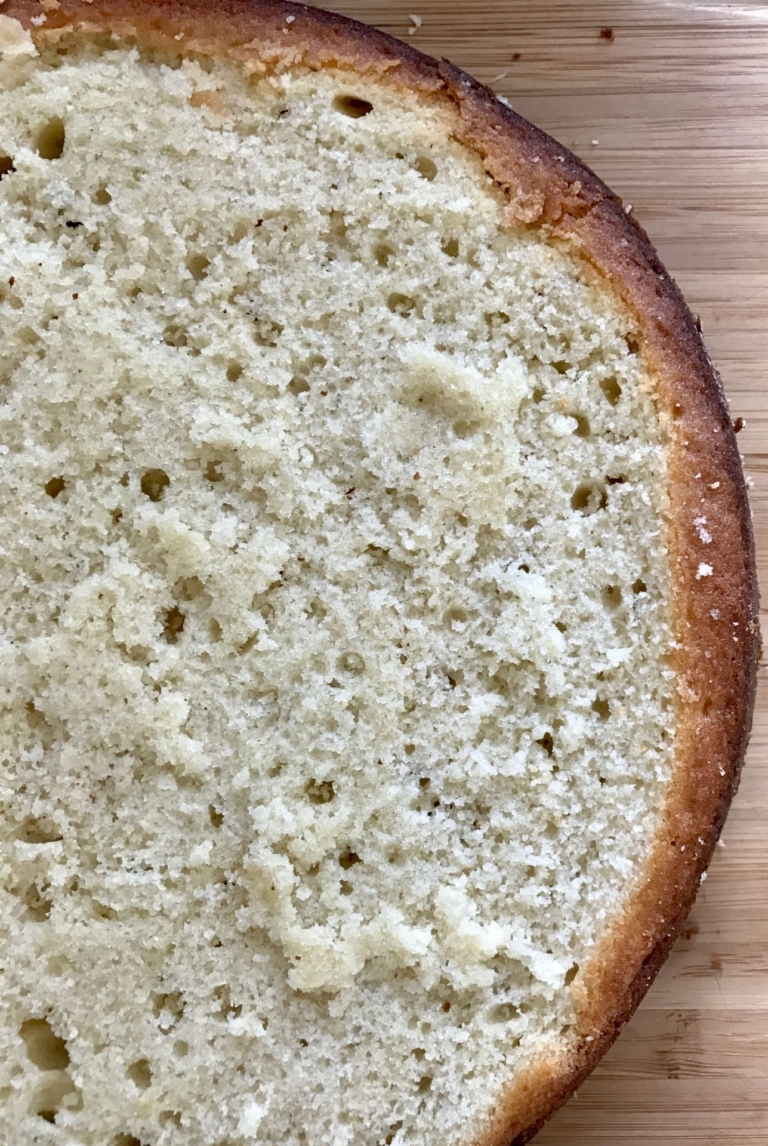
Step 3: Using your knife, make the cake as flat as possible.
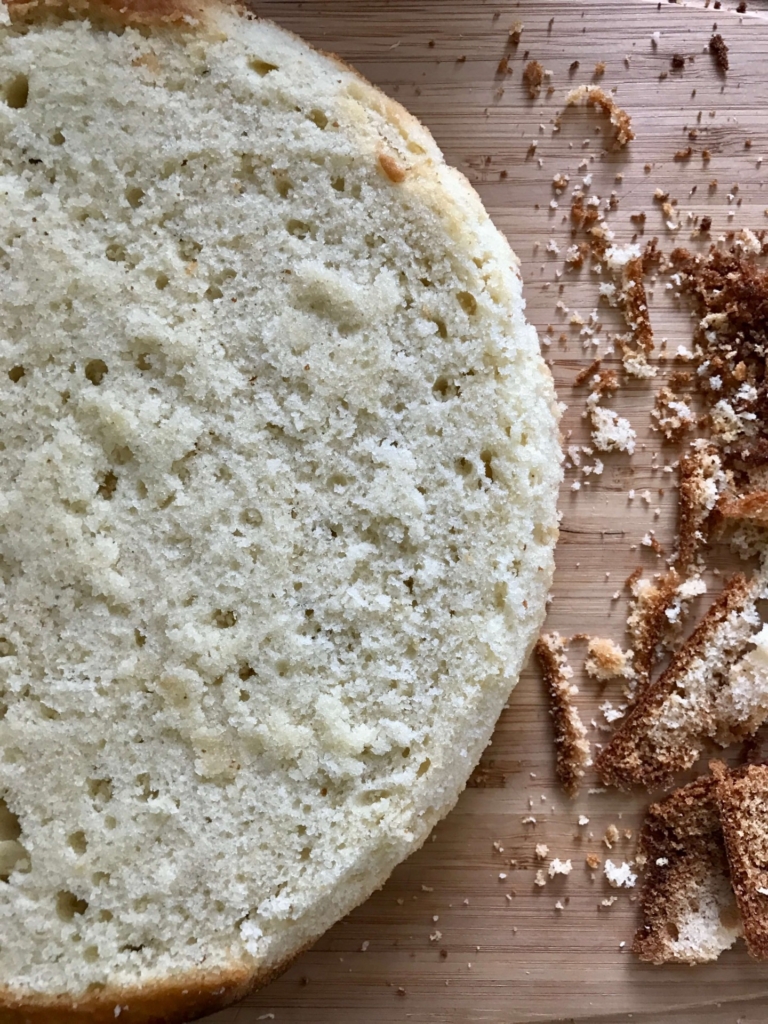
Step 4: Carefully and slowly trim the cake sides, removing the hard crusts.
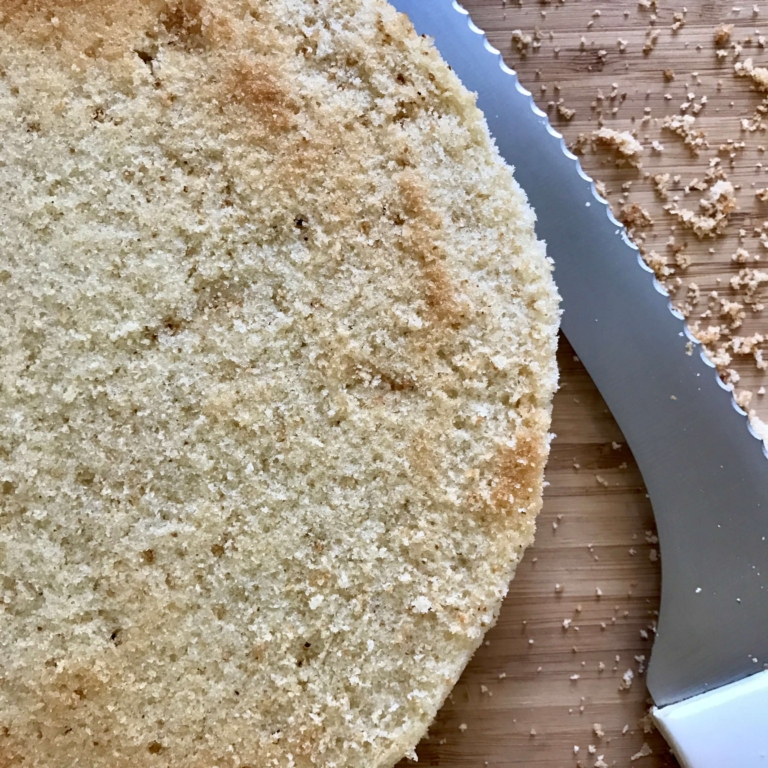
Step 5: Turn the cake over. Trim and flatten the cake bottom.


Ok, but when I frost it, how do I get it so the little crumbs don’t get mixed in the frosting and show????
Good question. The simple answer is, go slow and be careful. Use an off-set, flexible metal spatula when frosting and a good amount of frosting at once. Remember to clean off your spatula frequently and take your time. The biggest error people make is not starting off with a big enough dollop of frosting, more is better here, you can always thin it out later if needed. With layer cakes generally, the top and sides are your only real concern when frosting. With this cake in particular, you have nothing to fear, as the the coconut will hide the crumbs.